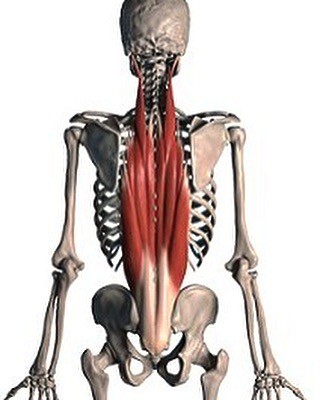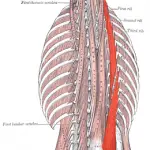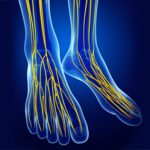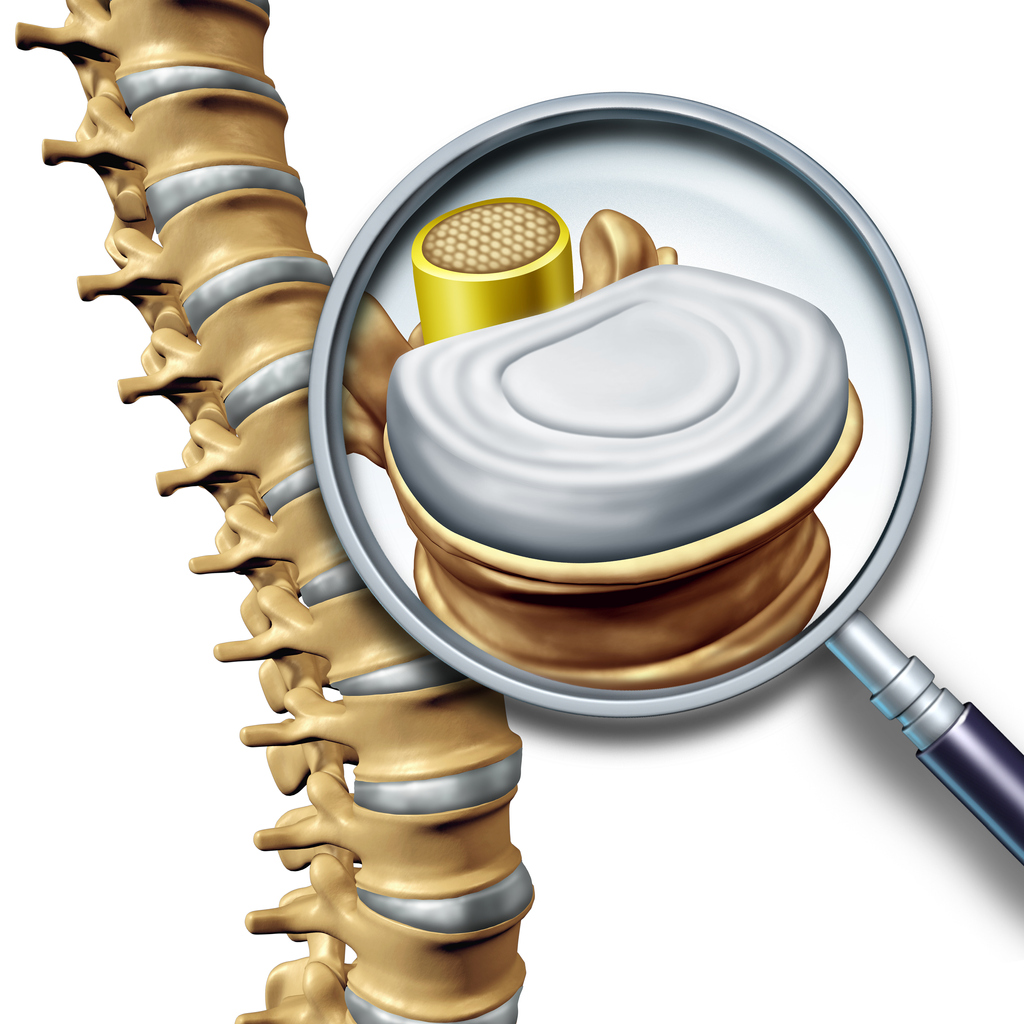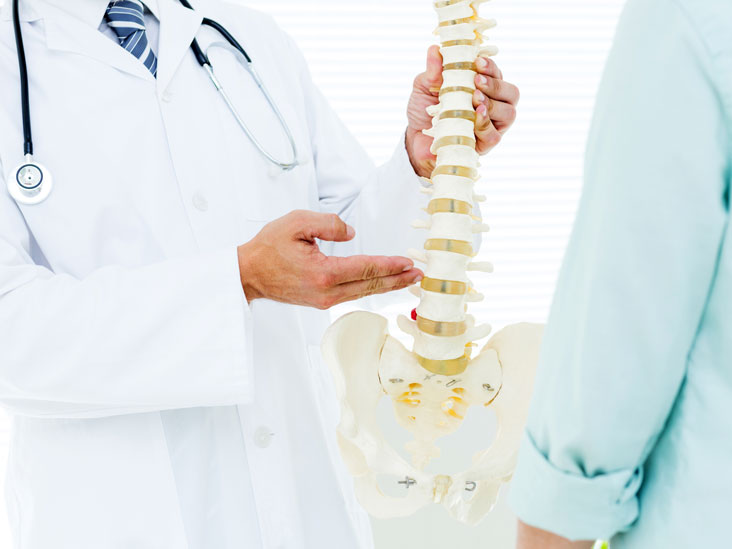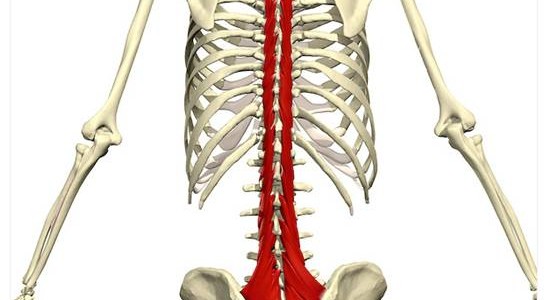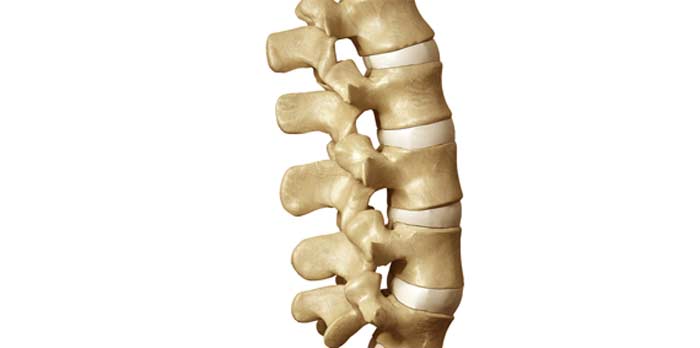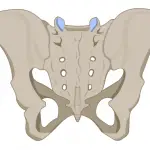Le spine consists of several structures. They all contribute so that the human body can have a normal posture and adopt the positions and movements of daily life. The erector muscle is one of the support structures spine. This is the subject of this article: we are going to tell you about these lower back muscles and common ailments related to it.
Definition and anatomy
Par definition, muscles erectors du spine are a together long muscles. They are located in back depth, on either side of the spine. More specifically, they are housed in the gutters vertebral.
All of this muscles are also known as "vertebral gutter muscles ", muscles " spinal " or " lumbar ».
These are weak muscles, but rather tenacious. Indeed, they play an important role in supporting the back, and that permanently.
As their name suggests, these are the muscles that keep our spine erect. They provide support, stability and some protection. By contracting, these muscles contribute to the reduction of the pressure exerted on the level of the intervertebral discs. They are also involved in the extension, lateral flexion and rotation of the upper part of our body.
From the standpoint anatomical, spinal consist of several muscle groups. But here are the erector spinae muscles strictly speaking.
- Le transverse thorny : characterized by its length, which extends from the sacrum to the second vertebrate cervical (or axis). It is located before the longissimus and in the sarco-lumbar. It is broken down in turn into groups of “chevron” beams: the rotator muscles and multifid.
- Le longissimus or the long dorsal : it is also elongated, but is differentiated by its appearance thicker and wider at the bottom, narrow and thin at the top. Located in the middle part of the paravertebral gutter, it also breaks down into 3 parts : the longissimus thoraco-lumbal, the longissimus cervical and the longissimus cephalic.
- le sarco-lumbar ou iliocostal, prismatic and triangular at the bottom, it is both wide and thick. It is located outside the longissimus, in the lateral part of the paravertebral groove. It is composed of 3 parts : the iliocostal of loins, the one at the level thoracic et the cervical ilio-costalis.
Together, these deep muscles of the posterior part of the trunk are the extensors of the spine. They are inserted by tendons and have different endings depending on the muscle groups. They are innervated by the spinal nerves.
Clinical implications of the erector spinae muscles
Because of their multiple roles, attention must be paid to these erector spinae muscles, both in bodybuilding sessions and in exercises and movements of everyday life. Indeed, these muscles can be at the heart of many physical disorders including back pain.
Involvement of the erector muscle in low back pain
The achievement of muscles erectors du spine can result in ill back. Moreover, studies have shown that more than 90% of low back pain suffer from unrest of muscles spinal.
It could be a trigger point (trigger point). The latter gives the impression of having a " node which constitutes a real blocking in the movements of daily life.
By definition, the trigger point is an area of muscle tension. This is a sore spot related to congestion and inflammation of muscle tissue. The cause is mainly overstimulation and excessive strain on the muscle in question. Some of the risk factors for these painful muscle knots include:
- the faux movements (for example, flexing the spine while turning);
- carrying heavy loads;
- muscle fatigue;
- repetitive movements;
- la inactivity (in the absence of movement, the muscles erectors du spine will no longer be sufficiently irrigated and will be very tense, resulting in stiffness and pain).
The symptoms vary depending on the location of the trigger point.
- If it is at the level of iliocostal muscle thoracic, the pain will be felt in the shoulder blade and chest.
- The level of lumbar iliocostal muscle, the pain extends from the back to the buttocks.
- The level of longissimus, the pain radiates to the bottom of the buttocks and the iliac crest.
- The level of transverse thorny, the pain is felt between the shoulder blades, in the lower part of the ribs and in the abdomen.
To know everything about trigger points (including their therapeutic management), see the following article.
Otherwise, others syndromes are also related Asked muscles spinal erectors ; this is the case of camptocormia. This is a posture anomaly: the patient's trunk is permanently bent forward, even when standing or walking.
The role of muscle in rehabilitation
When there is a problem with the erector spinae muscles, rehabilitation is useful to recover their functions and properties.
La re-education has the principle of freeing movement, rebalancing the muscles and carrying out a preventive approach in order to maintain these structures. The main means remains physiotherapy (in particular active therapy).
We can cite the activities muscle : they allow to restore the normal functions of the spinal erector muscles. Regularly engage these muscles through exercises specific would allow them maintain. Moreover, it would strengthen them. The more there will be strengthened, the more they will be stable what would decrease the risk of low back pain.
To do this, there are several types and several exercise programs to practice. They vary according to the patient's condition and etiology. The simplest and most effective are:
- the simultaneous lifting of one arm and the leg on the opposite side,
- lumbar extension,
- the lumbar plank (like the superman, the plank, etc.),
- deadlift,
- etc.
The activities stretching are indispensable to ensure a maximum back protection.
Self-massage by the use of a massage ball is also effective. Leaning against the wall, the patient makes sure to roll the ball against his back, at the level of the areas where the contractures are felt. This allows to process a trigger point and myofascial syndrome.
Le massage and myotherapy also allow to loosen as well as revive muscles. Rehabilitation sessions also allow the patient to have a correct posture.

